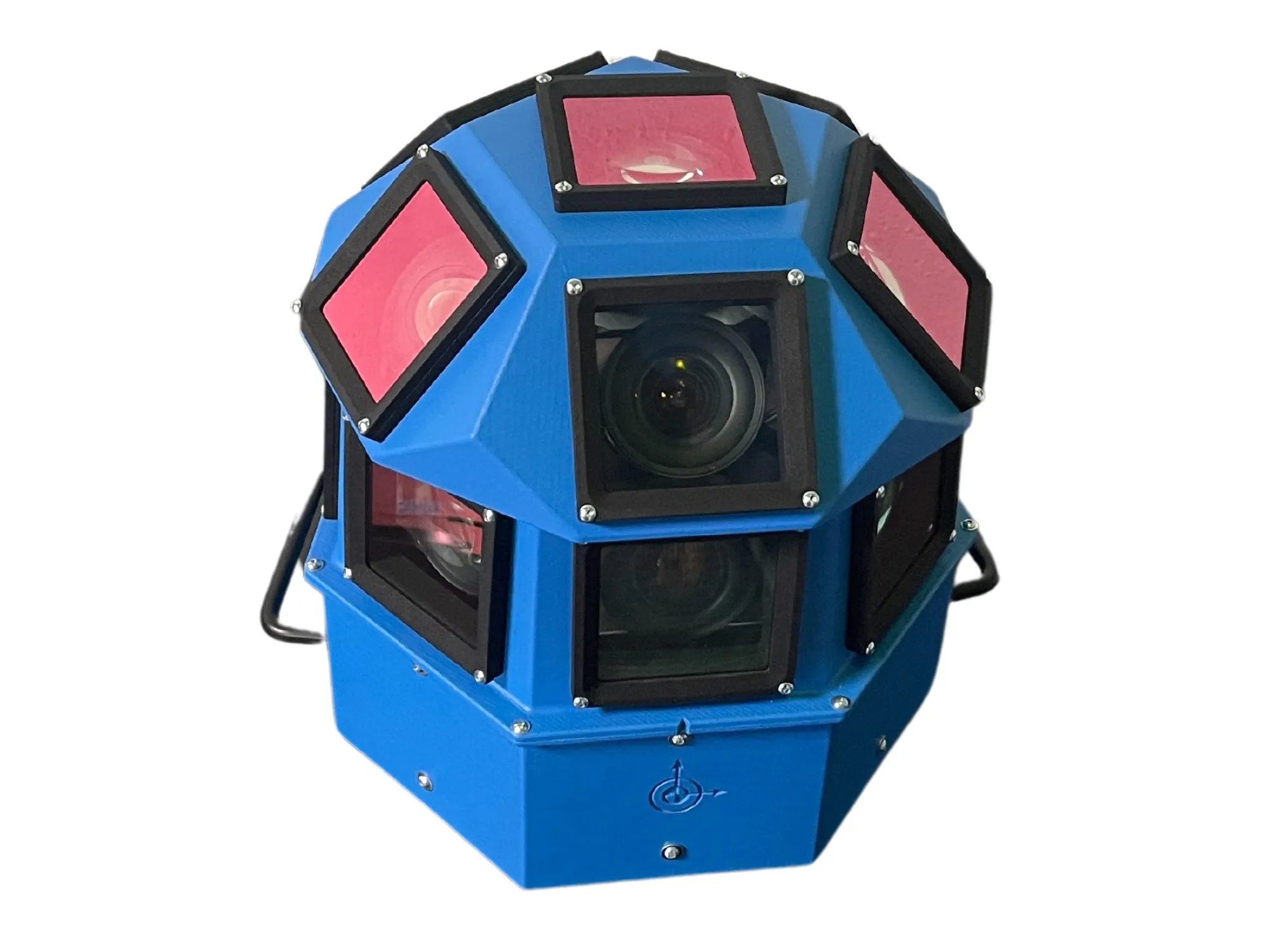Schneider Electric is to implement its open road tolling (ORT) solution for Cameron County Regional Mobility Authority’s (CCRMA) expansion of the Port Spur SH550 tolling project in Texas, following successful implementation of the first phase in 2011. The project will link Port Spur to US77, allowing vehicles to bypass the city of Brownsville, ultimately reducing traffic congestion in the area. It will also provide a bypass for local traffic heading to South Padre Island, allowing traffic to be rerouted fro
July 26, 2013
Read time: 2 mins
The project will link Port Spur to US77, allowing vehicles to bypass the city of Brownsville, ultimately reducing traffic congestion in the area. It will also provide a bypass for local traffic heading to South Padre Island, allowing traffic to be rerouted from US77 to Port Isabel Highway.
Schneider Electric will install advanced tolling software and hardware including multi-protocol readers, sensors, and high-resolution digital cameras to enable detection and classification of vehicles at highway speeds. The system, which will help reduce travel times and maximise efficiency of the toll collection process, will identify vehicles using image capture and toll tag identification. The system will also utilise Schneider Electric’s SmartMobility remote operations and maintenance monitoring tool ((ROMS) to provide real-time monitoring of CCRMA’s tolling network components and ensure reliability and accuracy of the ORT system.
According to Ignacio González, executive vice president, Smart Infrastructure, Schneider Electric, “We are thrilled to continue to be a part of the SH550 project. CCRMA is a leader in using cutting-edge technology to make its road operate at maximum efficiency, and implementing ORT is the perfect solution to take this project through the next phase.”










